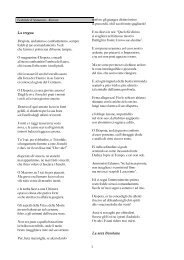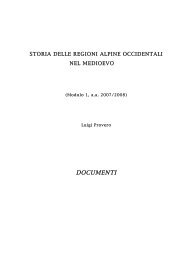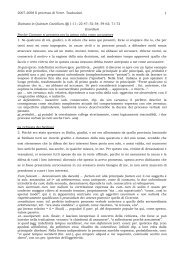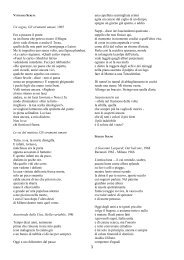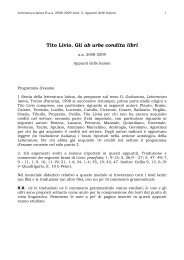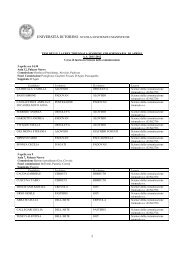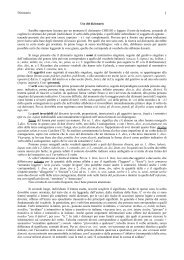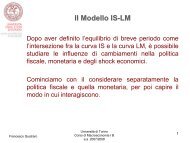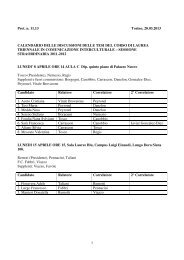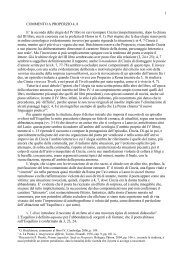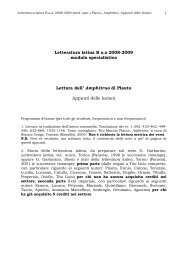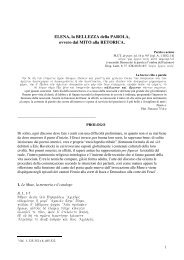ajAti vAda
ajAti vAda
ajAti vAda
Create successful ePaper yourself
Turn your PDF publications into a flip-book with our unique Google optimized e-Paper software.
kRshNa, the jagadguru, and as rAma, Siva as dakshiNAmUrti, the guru who<br />
teaches in silence, and as candramaulISvara, and the Mother Goddess as pArvatI,<br />
lakshmI and sarasvatI. Especially popular are the representations of vishNu as a<br />
sAlagrAma, Siva as a linga, and Sakti as the SrI-yantra. gaNapati is always<br />
worshipped at the beginning of any human endeavor, including the pUjA of other<br />
Gods. The daily sandhyAvandana ritual is addressed to sUrya. The sannyAsis of<br />
the advaita sampradAya recite both the vishNu sahasranAmam and the<br />
SatarudrIya portion of the yajurveda as part of their daily worship. In addition,<br />
"hybrid" forms of the Deities, such as hari-hara or Sankara-nArAyaNa and<br />
ardhanArISvara are also worshipped.<br />
There is another significant distinction between worship in the advaita tradition<br />
and other kinds of Hindu worship. advaita insists that the distinction between the<br />
worshipper and God, the object of worship, is ultimately transcended, and that the<br />
act of worship itself points to this identity. This should not be confused with the<br />
doctrine of dualistic Saiva siddhAnta schools, which call for a ritual identification<br />
of the worshipper with Siva, for the duration of the worship. The identity of<br />
Atman and Brahman is a matter of absolute truth, not just a temporary ritual<br />
identification. Most vaishNava schools of vedAnta hold that the distinction<br />
between the worshipper and God, the object of worship, is eternally maintained.<br />
9. What is the advaita concept of liberation?<br />
In the advaita analysis, human life and behavior is explained on the basis of the<br />
theory of karma, which sets the cycle of rebirths into motion. All actions, good or<br />
bad, create their own karmic residues called vAsanas , which exhibit their results<br />
over a period of time. The karma which has already started taking fruit is called<br />
prArabdha karma. This is the karma that is responsible for the current birth. The<br />
accumulated karma which is yet to take fruit is called sancita karma. As long as<br />
the cycle of rebirths continues, more karma will be done in the future, and this is<br />
called Agamin karma. Liberation (moksha) is the way out of this endless cycle.<br />
In advaita, moksha is synonymous with brahman. Sruti says "brahmavit<br />
brahmaiva bhavati" - He who knows brahman becomes brahman Itself. In the<br />
advaita understanding of this statement, the "becoming" is only metaphorical. It is<br />
not as if something that was not brahman suddenly becomes brahman. Rather,<br />
"knowing brahman" means a removal of the ignorance about one's own essential<br />
nature as brahman. Thus, to "know brahman" is to "be brahman". The one who<br />
has realized the identity of his own Atman with the brahman is the jIvanmukta,<br />
one who is liberated even while embodied. Such realization should not and cannot<br />
just be a literal understanding of upanishadic mahAvAkyas. The jIvanmukta is<br />
one who has experienced the truth of the identity himself. Thus, moksha can only<br />
indirectly be called a result of ritual action (karma mArga) or of devotional<br />
service (bhakti mArga ). These paths lead along the way, and constitute the "how"<br />
but not the "why" of liberation. In fact, moksha is not a result of anything, for it



